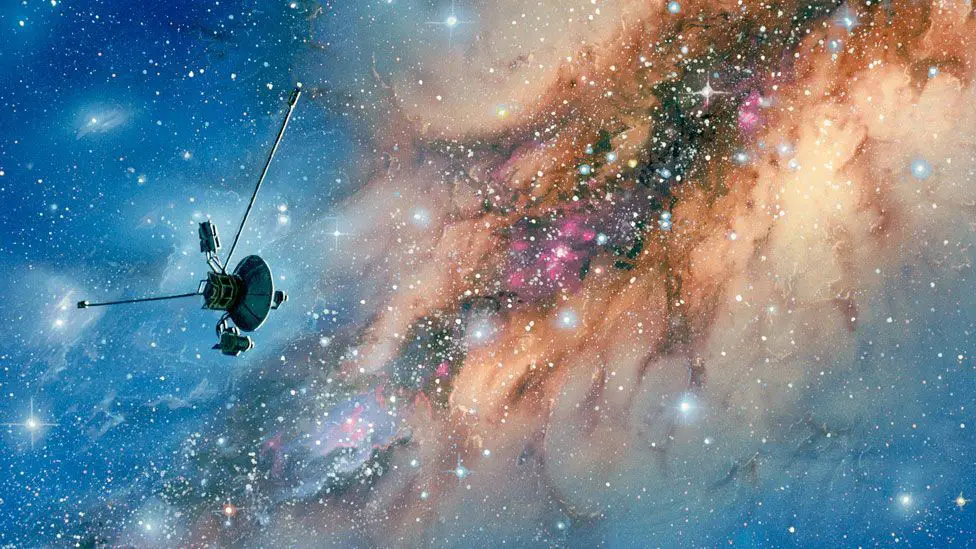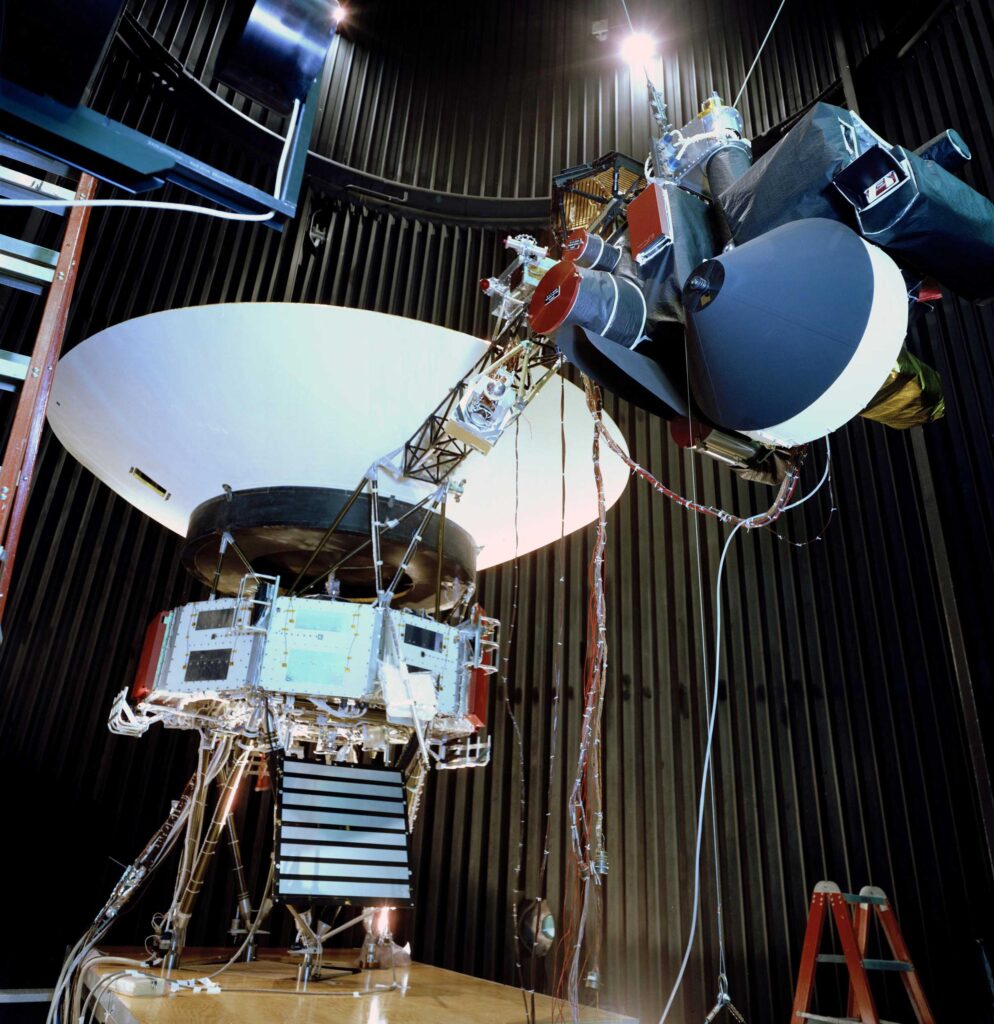Voyager 2, launched in 1977, has been exploring the depths of our solar system and beyond for over four decades.

As the spacecraft continues its journey into interstellar space, NASA has devised a new power strategy to keep Voyager 2 operational and gathering valuable scientific data. In this article, we will discuss how NASA’s innovative approach has extended the life of this historic probe, enabling it to continue its mission of exploration and discovery.
Table of Contents
The Power Management Challenge

As Voyager 2 travels further from the Sun, its power supply dwindles. The spacecraft relies on radioisotope thermoelectric generators (RTGs) to convert heat from radioactive decay into electricity. Over time, the efficiency of these generators decreases, resulting in diminished power availability for the probe’s instruments and systems. NASA engineers had to develop a strategy to manage the probe’s limited power supply effectively while maintaining its scientific capabilities.
Astronomers detect key building block of of life phosphate on Saturn’s moon Enceladus
New Power Strategy for Voyager 2
To tackle the power management challenge, NASA’s engineers carefully analyzed the energy requirements of Voyager 2’s scientific instruments and systems. They then devised a plan to switch off non-essential components and reallocate power to the most critical instruments. This new power strategy allows Voyager 2 to continue gathering valuable data about interstellar space while conserving energy for the remainder of its mission.
The Successful Implementation
After developing the new power strategy, NASA’s engineers faced the challenge of implementing it remotely on a spacecraft billions of miles away. In March 2022, they successfully executed the power-saving plan, shutting down the Cosmic Ray Subsystem (CRS) instrument and reallocating its power to other critical systems. The CRS instrument had been operational since Voyager 2’s launch, providing important data on cosmic rays for over four decades.
Continuing Voyager 2’s Legacy
Although Voyager 2 has lost one of its key instruments, the new power strategy allows the probe to maintain functionality of its other essential systems. The spacecraft remains capable of studying interstellar space, providing valuable information about the heliosphere, the magnetic field, and the solar wind.

As Voyager 2 continues its journey into the unknown, its data will contribute to our understanding of the universe and further expand the boundaries of human knowledge.
Future Plans and Long-Term Impact
NASA’s innovative power management approach has extended the life of Voyager 2, allowing it to continue studying interstellar space for years to come. As the spacecraft’s power supply continues to decrease, engineers may need to develop additional strategies to optimize its energy use further. The lessons learned from Voyager 2’s mission will undoubtedly shape future space exploration, inspiring new generations of scientists and engineers to push the limits of human achievement.
Conclusion
Voyager 2’s ongoing mission represents a testament to human ingenuity and the spirit of exploration. Despite the challenges of managing an aging spacecraft billions of miles away, NASA’s engineers have successfully extended the life of Voyager 2, enabling it to continue its valuable scientific work in interstellar space. By implementing a new power strategy and reallocating energy to critical systems, the probe will continue to contribute to our understanding of the universe and inspire future generations of space explorers.
Reference(s):
